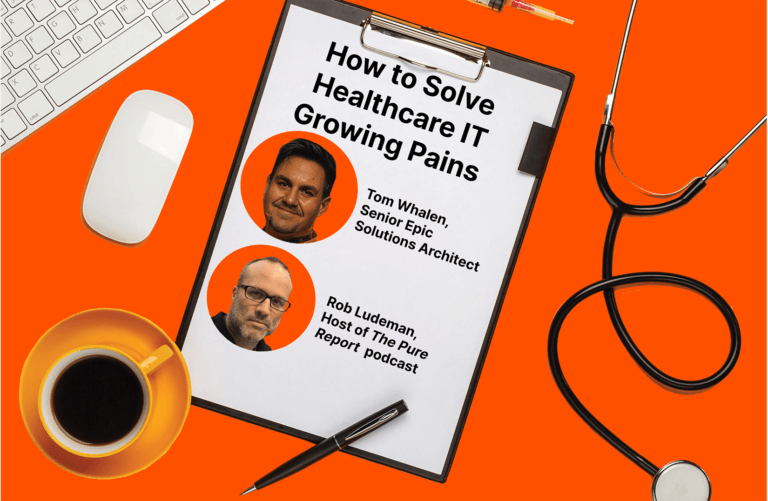Everywhere you look in the retail industry, the business landscape is changing. Omnichannel marketing is revolutionizing how retailers reach customers. Behind the scenes, analytics and artificial intelligence are busy crunching the vast new waves of data being generated. But it’s not all about the IT department.
Another topic shaking up retail is sustainability. More and more, retailers are realizing that a focus on sustainability is good for both the global community and for business. One recent survey showed that 60% of consumers consider sustainability when making buying decisions. That’s a number too big to ignore.
But how much progress are retailers making? The signs are all pointing in a positive direction. McKinsey reports, “In 2016, there were only a small handful of major retailers with a science-based target to reduce carbon emissions. Just five years later, more than 65 global retailers set such targets, and the number is more than doubling each year.”
In the retail industry, sustainability covers many areas, including supply chain and product manufacturing, much of which is outside the retailer’s direct control. A more controllable area of energy consumption is Scope 2 emissions, which are created directly by the company as part of its operations. One factor that can help curtail Scope 2 emissions is lowering power consumption in the data center.
Solving the Power Problem
But, there’s a major challenge brought about by what you might call a collision of trends. On the one hand, the creation and consumption of retail data is growing rapidly, driven by omnichannel retail and analytics. More data than ever needs to be collected, processed, and stored. That means more storage, and more storage typically means more power consumed in the data center. This collides with the drive for sustainability, which calls for less power consumption.
How can retailers increase data storage capacity while also reducing emissions?
Continuing to buy more of the same storage isn’t going to get you there. It’s impossible to reduce power consumption by deploying more of the same gear. The only choice is to switch to more efficient storage, and the clear choice is to switch to Pure.
As detailed in our ESG report, Pure reduces carbon emissions by as much as 80% compared to competitive all-flash systems. That’s a stunning number. If you’re still running a lot of spinning disk arrays, as many retailers are, then the savings could be even more dramatic. And Pure arrays are extremely dense, meaning you can also save on rack space.
By deploying Pure, you can increase your storage capacity and performance while simultaneously reducing power consumption. It’s a true win-win scenario. And it doesn’t end there. The long lifetime of Pure arrays helps reduce electronic waste by eliminating the continuous cycle of forklift upgrades that are necessary with legacy storage platforms. In fact, due to Pure’s ability to non-disruptively upgrade storage, 97% of Pure arrays purchased six years ago are still in service today.
You can find more information in the ESG report about how Pure’s unique technology advantages result in lower power consumption.
While sustainability in the retail industry is a big topic that spans far more than the data center, lowering data center power consumption can be an easy win with the right technology. More than 1,100 retail organizations, including 13 of the top 25, rely on Pure and are enjoying the benefits of excellent application performance, service reliability, ease of use, and a considerably reduced carbon footprint.
Get the details on Pure’s power-reducing technology in our ESG report.
![]()






